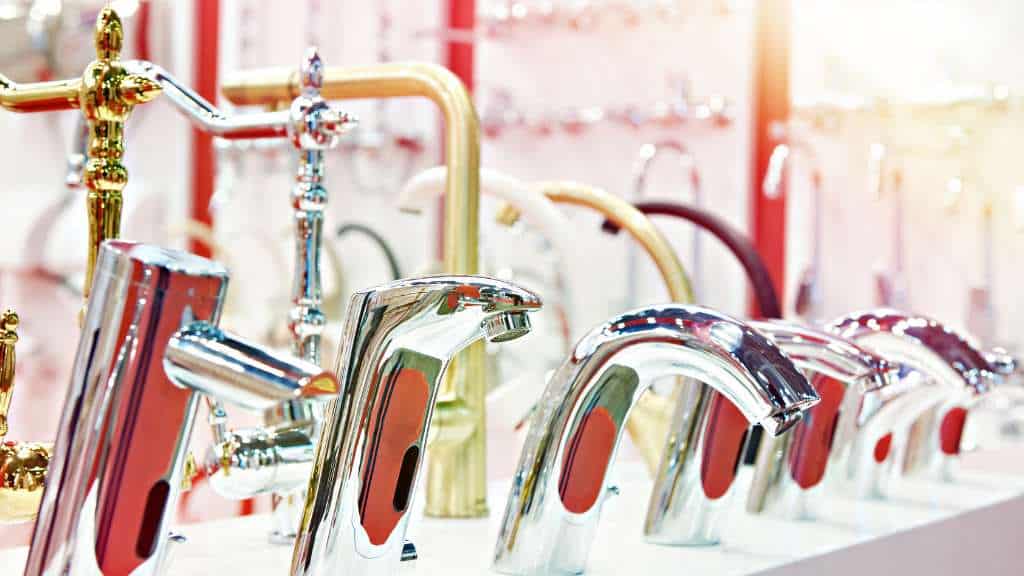Property Geek
We provide the actual and accurate information with unbiased user driven reviews to our viewers, to help them see the best and find the best!
View posts
Water taps, an indispensable part of our daily lives, serve a multitude of purposes ranging from quenching our thirst to facilitating household chores. As we turn on the tap, we often overlook the intricate mechanisms and materials that contribute to its functionality. Let’s take a closer look at the different types of taps, the materials used in their manufacturing, and their diverse applications.
Among the materials used in crafting different types of taps, brass is the primary choice. Brass, an alloy of copper, steel, and zinc, boasts exceptional resistance to soft-water corrosion and hard-water calcification. Additionally, it often incorporates alloying elements like bismuth to enhance its processability. This amalgamation of metals ensures durability and longevity, making brass taps a preferred option for households worldwide.

Pillar taps, also known as traditional taps, feature separate spouts for hot and cold water. These types of taps are typically characterized by two distinct handles, one for each temperature, allowing users to adjust the flow and temperature individually.

Mixer taps, also known as single lever taps, feature a single handle that controls both the hot and cold water supply. By moving the handle from side to side or up and down, users can adjust the temperature and flow of the water, which is then mixed within the tap before being delivered through a single spout.
Pros

Monobloc taps, also known as single-hole taps, feature a single handle for controlling both the hot and cold water supply. Unlike mixer taps, these types of taps typically operate by twisting the handle to adjust the temperature, with the water mixed within the tap before being delivered through a single spout.

Disk taps, also known as ceramic disk taps, feature two ceramic disks that control the flow and temperature of the water. By rotating the handle, users can adjust the position of the disks, allowing more or less water to pass through and controlling the temperature accordingly.

Washerless taps, as the name suggests, do not rely on traditional rubber washers to control the flow of water. Instead, they utilize alternative mechanisms such as ceramic discs, cartridges, or ball valves to regulate the flow and temperature of the water.

Water-efficient taps are designed to minimize water wastage while maintaining optimal functionality. These taps typically feature aerators or flow restrictors that reduce the flow rate of water without compromising performance.

Long-handle water taps feature elongated handles that allow for easy operation and control of the water flow. These taps are commonly used in medical facilities and other environments where hygiene and germ control are of utmost importance.

Thermostatic taps are designed to maintain a constant water temperature, regardless of fluctuations in the hot or cold water supply. These taps are equipped with a thermostatic mixing valve that automatically adjusts the water temperature to the desired level.

InfraRed taps, also known as sensor taps, utilize infrared technology to detect motion and activate the flow of water automatically. These taps are commonly found in public restrooms, healthcare facilities, and other environments where hygiene and convenience are paramount.

Pullout taps feature a retractable spout that can be extended to reach areas outside the sink, making them ideal for filling pots, pans, or containers. These taps are commonly used in kitchens and laundry rooms where flexibility and convenience are valued.

A sink tap, also known as a faucet, is a fixture installed on a sink to regulate the flow of water. It typically consists of a spout for water delivery and handles or knobs for controlling temperature and flow rate. Sink taps come in various styles and materials to suit different preferences and needs.
From the humble pillar tap to the innovative pull-out tap, the various water tap types encompass a diverse array of designs and functionalities. When choosing from different types of taps, it’s essential to consider factors such as durability, efficiency, and suitability for specific applications. Whether it’s conserving water with an eco-friendly tap or prioritizing safety with a thermostatic variant, the right choice can elevate our daily interactions with this essential fixture, ensuring a seamless and enjoyable user experience for years to come.